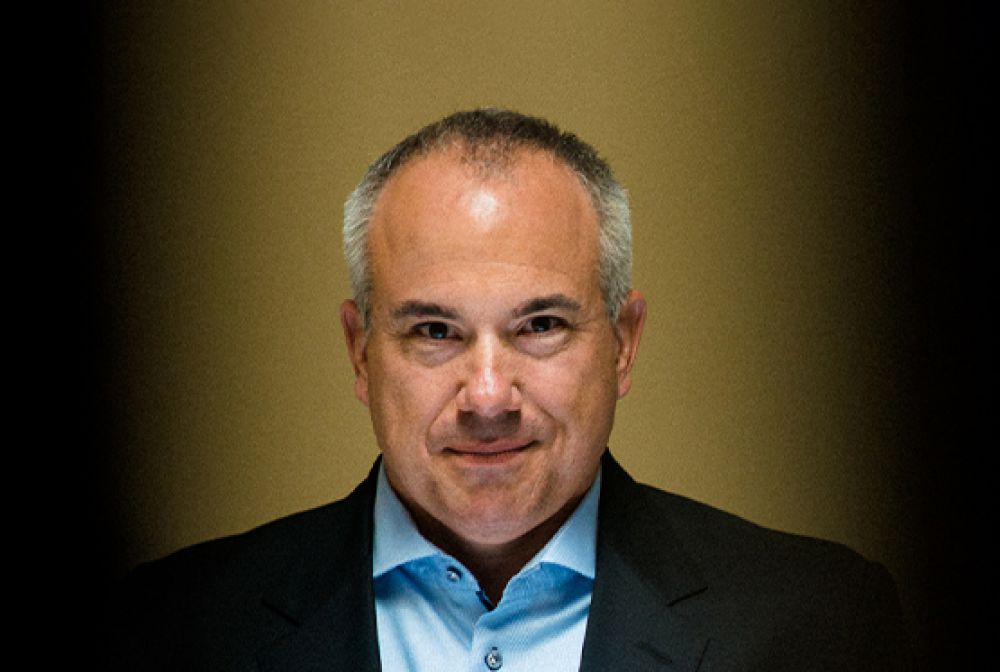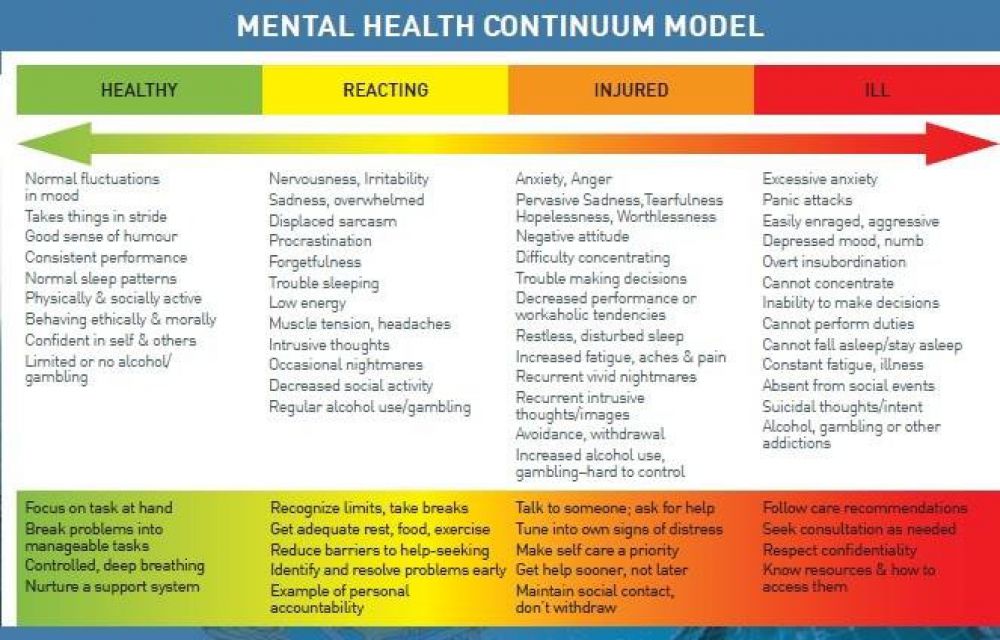Leadership masterclass: Kevin Lawrence on The Four Forces for Unlocking Your Growth

There is infinite opportunity everywhere.
Yet sometimes we leaders get our head stuck in the clouds. We can’t see clearly.
According to masterclass presenter and author of Your Oxygen Mask First Kevin Lawrence:
· If the leaders can’t scale, the company won’t grow.
· If the company doesn’t grow, it usually means there’s something wrong with the leadership.
The stress of growth
Leaders on a growth path are usually at one of 5 stages – bored, engaged, sweet spot, burn out, melt down.
So, before Kevin discussed growth, he asked if we leaders were healthy enough to cope with the stress of growth.
Where are you on the Mental Health Continuum?

Bored to burnout
Our masterclass poll showed 31% were at burnout stage.
Only 16% were in their sweet spot, although 46% did feel engaged.
If you someone you knows is at risk or burnout or ill/meltdown stage try the A.L.G.A.E. method:
A. Assess for risk of suicide or harm
L. Listen non-judgmentally
G. Give re-assurance and information.
A. (Encourage) appropriate professional help (psychologist. Lifeline or counsellor).
E. Encourage self-help and other support strategies.
4 Forces for Unlocking Your Growth
A pilot uses 4 forces to keep a plane in the air and moving forward:
· Lift (from the wings).
· Gravity (sucks it down).
· Thrust (pushes it forward).
· Drag (pulls it back).
CEOs, oddly, have a similar model:
· Opportunities (looking up).
· Problems (looking down).
· Courage (looking ahead).
· Fear (looking behind you).
Where growth happens - looking up and towards the future
Growth only happens in the nexus of Opportunities and Courage.
Improvement, but not growth, happens in the nexus of Courage and Problems.
Analysis, but not growth, happens in the nexus between Opportunities and Fear.
Agony, and no growth, happens in the nexus between Fear and Problems.
Stop doings and Actions
Our masterclass poll shows 63% of delegates said they’d benefit most from allocating more time to growth strategies.
Yet a lot of time is wasted on other things. Be disciplined with your time.
Analysis areas:
· STOP DOING: What is not relevant to your business right now?
· ACTION: What are you overthinking: bullet, or only need 70% info
Agony areas:
· STOP DOING: What is noise, or can be ignored?
· ACTION: What needs to be dealt with?
Improvement areas:
· STOP DOING: What is low impact, and/or can be ignored?
· ACTION: What adds real value?
Growth areas:
· STOP DOING: What is dangerous or a distraction?
A) Outside of your flywheel/hedgehog (refer: Jim Collins)
B) Outside of your sandbox?
C) A cannonball vs a bullet.
· ACTION: Now: What should you focus on now, and with what % of your time? Later: What should you focus on later in Q3 or Q4 and with what % of time?
What do you notice about how time is allocated?
Growth comes from making a few big decisions instead of a whack-load of small ones.
Decision-making myths
There are 4 myths that corrupt decisions:
1. We need to decide now. You can almost always sleep on it.
2. No good data. There is data everywhere – internal and indirect.
3. We don’t know (or we do!) 99.9% chance someone (14xer) has solved this already.
4. We need a large investment: Testing is easy: Minimum viable products, examples are K-Tel & Kickstarter.
Assessing opportunities
There are usually plenty of great ideas for growth. But often a debate deficit around which to implement. How do you decide what to debate? Try this method.
Plot your ideas on an impact/likelihood matrix:
· Low likelihood and low impact opportunities: Call them cents/pennies (ignore).
· High likelihood and low impact: Call them gold coins/nickels (delegate).
· High likelihood and a high impact: Call them dollars (leader to address)
· High impact, and a low likelihood: Call them R&D dollars – (explore).
Take your best idea:
· Assess the data you have/would like to have;
· Find a 14Xer - someone who’s been there before/or who you need;
· Figure out how you can test the idea/what & who you have or need.
· Debate in small groups, then larger groups.
Implementing the Forces of Growth
· Act on those Growth and Improvement actions
· Find 3 new data sources or 3 14xers you can tap into
· Schedule time for 2 critical debates.
If you'd like to increase your professional development why not consider becoming a member of The Growth Faculty? One membership, unlimited access to 30 live virtual Time For Transformation masterclasses and the best live virtual events - PLUS year-round leadership content On Demand with videos, podcasts and book summaries. Join a community of knowledge seekers who are inspired by the best. Access $4350+ value for just $398 AUD. See who's up next.


 Australia
Australia
 European Union
European Union
 New Zealand
New Zealand
 United Kingdom
United Kingdom
 United States
United States
 Singapore
Singapore
